Aluminum sheets are generally lighter than steel sheets due to differences in material properties, especially density and composition. Here are the main reasons why aluminum is lighter than steel:
Aluminum Density VS Steel Density:
Aluminum has a low density compared to steel. Density is a measure of how much mass is contained in a given volume. Aluminum has a density of about 2.7 grams per cubic centimeter (g yá cm3), while steel typically has a density between 7.7 y 8.0 g yá cm3, depending on the type of steel. Due to aluminum’s lower density, a given volume of chapa aluminio weighs significantly less than the same volume of steel.
Atomic Structure:
The atomic structure of aluminum and steel is responsible for the difference in their densities. Aluminum has a lower atomic mass than iron (the main component of steel), which results in a lower overall density for aluminum.
Alloy composition:
The composition of the aluminum alloys used to make aluminum sheets is designed to optimize properties such as strength, Resistencia ar corrosión, and weight. These alloys can be engineered to provide specific properties while maintaining relatively low weight.
Thinner Gauge:
Aluminum can often be used in thinner gauges than steel to achieve similar structural integrity. That’s because aluminum alloys offer a good strength-to-weight ratio, allowing for weight savings without sacrificing performance.
Strength-to-weight ratio:
Aluminum alloys have a good strength-to-weight ratio, which means they can provide adequate strength while being lighter than materials with a lower strength-to-weight ratio, such as steel.
Aplicaciones:
Aluminum is often used in applications where weight reduction is important, such as the aerospace, automotive and marine industries. Its lower weight contributes to improved fuel efficiency, better performance and easier handling.
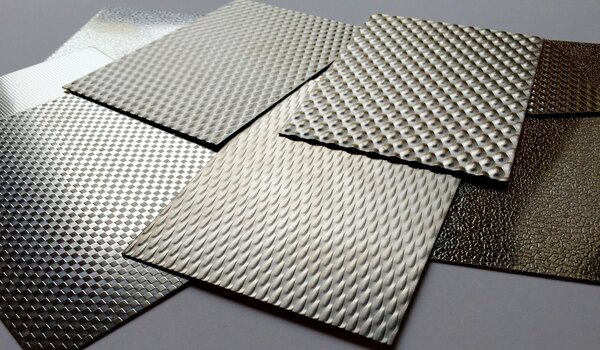
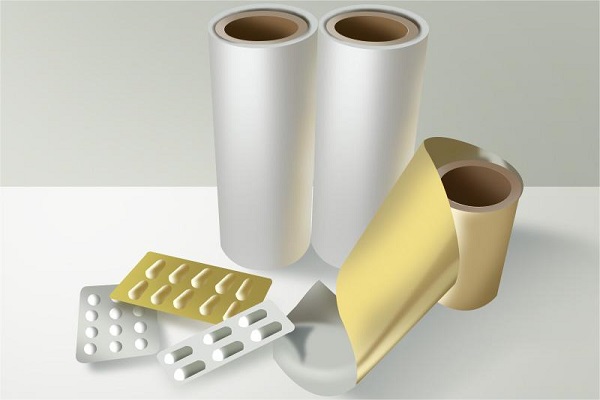
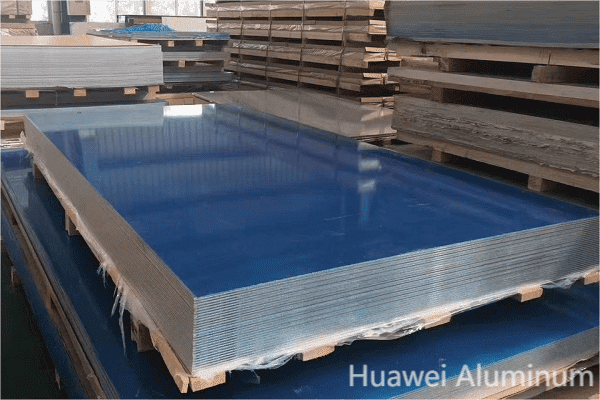

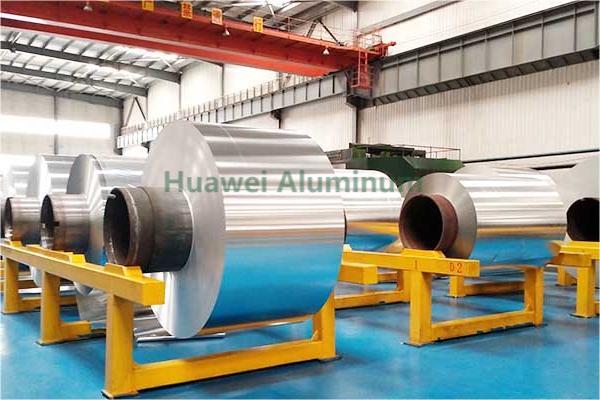
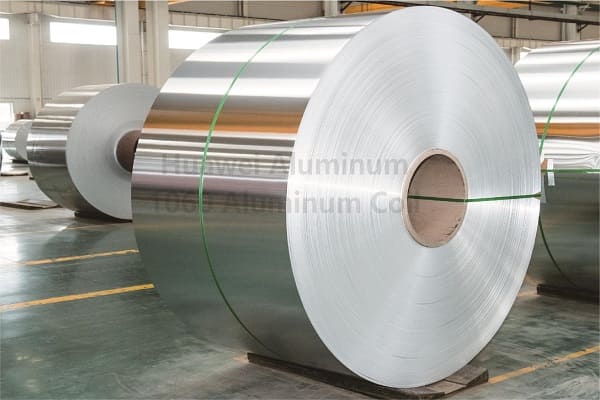



Contesta